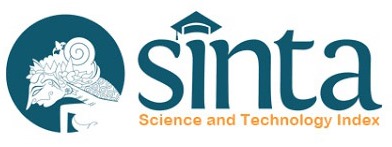New Natural Product from Botryosphaeria australis, an Endophyte from Mangrove Avicennia marina
Robert A. Bara, Ilka Zerfaß, Daowan Lai, Weihan Lin, Abdessamad Debbab, Heike Brötz-Oesterelt, Peter Proksch
Abstract
Chemical investigation of the endophytic fungus Botryosphaeria australis isolated from Avicennia marina originally from Hainan Province, P.R. China, yielded a new compound botryosphaenin (1), from the class of napthoquinone, together with 5 known compounds, botryosterpene (2) and 5-hydroxy-2,7-dimethoxynaphthalene-1,4-dione (3) and its derivatives, 6-ethyl-5-hydroxy-2,7-dimethoxynaphthalene-1,4-dione (4), O-methylaspmenone (5), O-methylasparvenone (6) and 5-(carboxymethyl)-7-hydroxy-1,4a-dimethyl-6-methylene decahydron aphthalene-1-carboxylic acid (7). Their structures were determined on the basis of spectroscopic methods including 1D (1H, 13C, and DEPT) and 2D (COSY, HMQC, HMBC, and ROESY) NMR experiments and by mass spectroscopic measurements The new compounds, 1 showed activity against the bacterial pathogens Staphylococcus aureus, several Streptococcus species and Bacillus subtilis, but also against the eukaryotic cell lines THP-1 (human leukemia monocyte) and BALB/3T3 (mouse embryonic fibroblast).
Keywords
Mangrove; Avicennia marina; Botryosphaeria australis; antibiotic activities; cytotoxicity
DOI:
https://doi.org/10.15578/squalen.86
Refbacks
- There are currently no refbacks.

ISSN : 2089-5690(print), E-ISSN : 2406-9272(online)
This work is licensed under a Creative Commons Attribution-NonCommercial-ShareAlike 4.0 International License.










